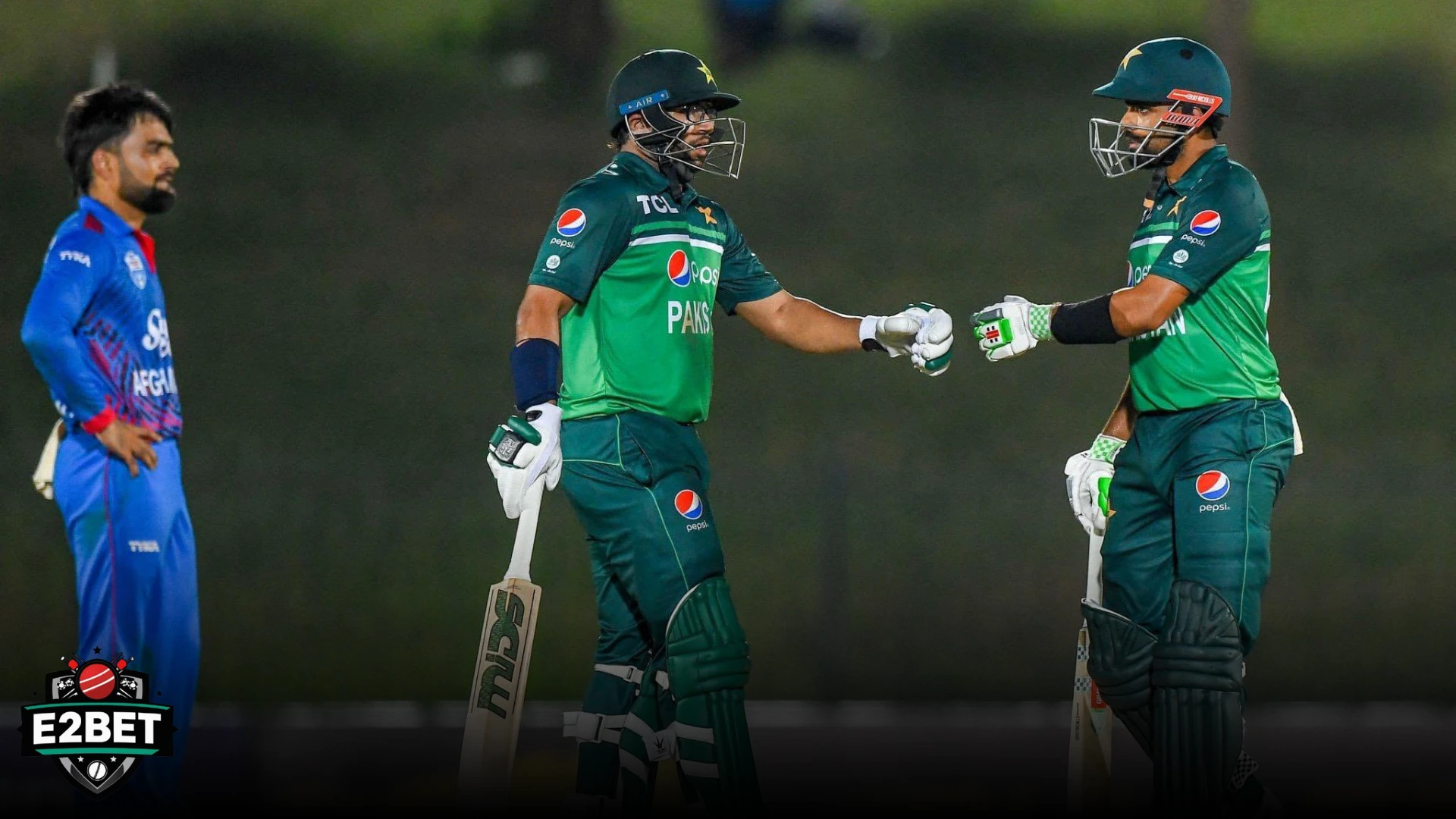Introduction
Let’s rewind to the year 2000. There was abundant untapped talent, legendary bowlers like Waqar Younis and Wasim Akram, and surprising genius in Pakistani cricket. But it lacked one thing — strategy. Fast forward to today, and while unpredictability still makes Pakistan an exciting team, a lot has changed in how they approach the game. From instinct-driven to adopting data, discipline, and long-term planning, Pakistan’s cricket strategy has taken an interesting ride over the past two decades.
The Post-1999 World Cup Era
Pakistan’s heavy defeat in the 1999 World Cup final triggered a soul-searching phase. The team was full of legends, but leadership inconsistencies and internal politics clouded progress. In the early 2000s, multiple captaincy changes and unclear roles created chaos in the dressing room.

The Inzamam-ul-Haq Era (2003–2007)
Inzamam-ul-Haq brought a calming presence to the squad. He focused on nurturing young talent and building a stable lineup. A blend of defensive batting and aggressive fast bowling defined his era. However, strategic planning was still mostly gut-driven — Pakistan rarely played with a set game plan, especially in ODIs.
The Shoaib Malik and Mohammad Yousuf Phase
Following Inzamam’s retirement, Pakistan went through a turbulent leadership phase. Both Shoaib Malik and Mohammad Yousuf had brief, unstable captaincies. The team experimented with different batting orders and bowling combinations without a proper roadmap. The strategy was reactive, not proactive.
The Impact of the 2009 Terror Attack
The attack on the Sri Lankan team in 2009 was a turning point. Pakistan could no longer host international matches. This isolated the team and forced them to adapt — they played ‘home’ matches in the UAE, which led to strategic shifts. Spin-friendly conditions in the UAE saw Pakistan double down on spin bowling and slow batting surfaces, influencing their approach for years.
Rise of Misbah-ul-Haq – The Calm After the Storm
If Pakistan’s cricket strategy had a rebirth, it happened under Misbah-ul-Haq. Known for his patience and discipline, Misbah prioritized consistency over flamboyance. 2016, Pakistan rose to the top of the Test rankings under his supervision.
Bowling Strategy Under Misbah
Misbah realized the value of spinners in UAE and built a formidable attack with Yasir Shah and others. Reverse swing remained central, but now there was a plan around containment, not just attack.
The T20 Revolution
Pakistan won the 2009 ICC T20 World Cup — a massive morale booster. But more than the trophy, it signalled a mindset shift. Pakistan began building a pool of T20 specialists. The strategy became format-specific, and experimentation was encouraged. This was the birth of modern Pakistan cricket.
The Sarfaraz Ahmed Era
Sarfaraz brought energy and aggression. The Champions Trophy win in 2017 — where Pakistan thrashed India in the final — showcased tactical brilliance. Youngsters like Fakhar Zaman and Hasan Ali were backed, and Pakistan played with controlled aggression.
Transformation Under Babar Azam
Babar Azam’s era marks a shift toward modern cricket thinking. With strong aesthetics and technical skills, he introduced more structure to Pakistan’s top order. Under his leadership, batting, depth and strategy revolved around data analysis, match-ups, and game simulations.
Bowling in Babar’s Era
Pakistan’s pace of attack is world-class. With Shaheen Shah Afridi’s lethal swing, Naseem Shah’s intelligence, and Haris Rauf’s pace, Pakistan uses pace as a primary weapon. Plans are devised for specific conditions, with flexibility based on match situations.
Role of Foreign Coaches and Analysts
Foreign coaches like Bob Woolmer and Mickey Arthur transformed Pakistan’s fitness culture and mental approach. Woolmer introduced technology in training; Arthur focused on accountability and professionalism. The strategy became data-informed, not just instinct-led.
The Rise of PSL and Its Strategic Importance
The Pakistan Super League (PSL) changed everything. It offered local talent international exposure and pushed the strategy forward. Players started facing high-pressure situations regularly. Match-ups, roles, and game awareness became part of the dressing room culture.
Technological Advancement in Strategy
From video analysis to AI-based performance reviews, technology now plays a central role in how Pakistan plans matches. Coaches analyze opposition weaknesses and player heatmaps and simulate match conditions to finalize strategy.
Pakistan’s Evolving Strategy in Test Cricket
Pakistan’s Test cricket has shifted from being overly aggressive to more balanced. Players now value partnerships, play with patience, and adapt to away conditions better than before.
Pakistan’s ODI Strategy Evolution
ODI cricket for Pakistan used to be a guessing game. Now, it’s about role clarity. Openers play with freedom, the middle order consolidates, and bowlers focus on economy and breakthroughs in the middle overs.
Road Ahead: What Needs Improvement
Despite improvements, fielding remains a weak link. Middle-order stability and finishing ability in T20s and ODIs need work. Embracing newer trends like match-up-based selection and workload management could take Pakistan to the next level.
Conclusion
Pakistan’s cricket strategy has come a long way since 2000. The evolution is real, from chaotic unpredictability to a more methodical, modern approach. While challenges remain, the roadmap is clearer than ever. Cricket in Pakistan appears to have a bright future if the squad continues to blend its natural skill with astute planning.
FAQs
1. Why did Pakistan’s cricket strategy change after 2000?
The lack of consistent results and growing competition globally pushed Pakistan to evolve strategically to remain relevant in world cricket.
2. Who was the most impactful captain after 2000?
Misbah-ul-Haq stands out for bringing calm, structure, and consistency to a turbulent team.
3. How did PSL help Pakistan’s cricket strategy?
PSL exposed young players to international-level pressure, improved match awareness, and helped in better team planning.
4. What role did technology play in strategy changes?
Technology brought analytics, performance tracking, and simulation, enabling data-driven decision-making in Pakistan’s cricket.
5. What’s the future of Pakistan’s cricket strategy?
Pakistan is moving toward a data-focused, role-specific, and fitness-centric model, which, if executed well, could make them world beaters.
